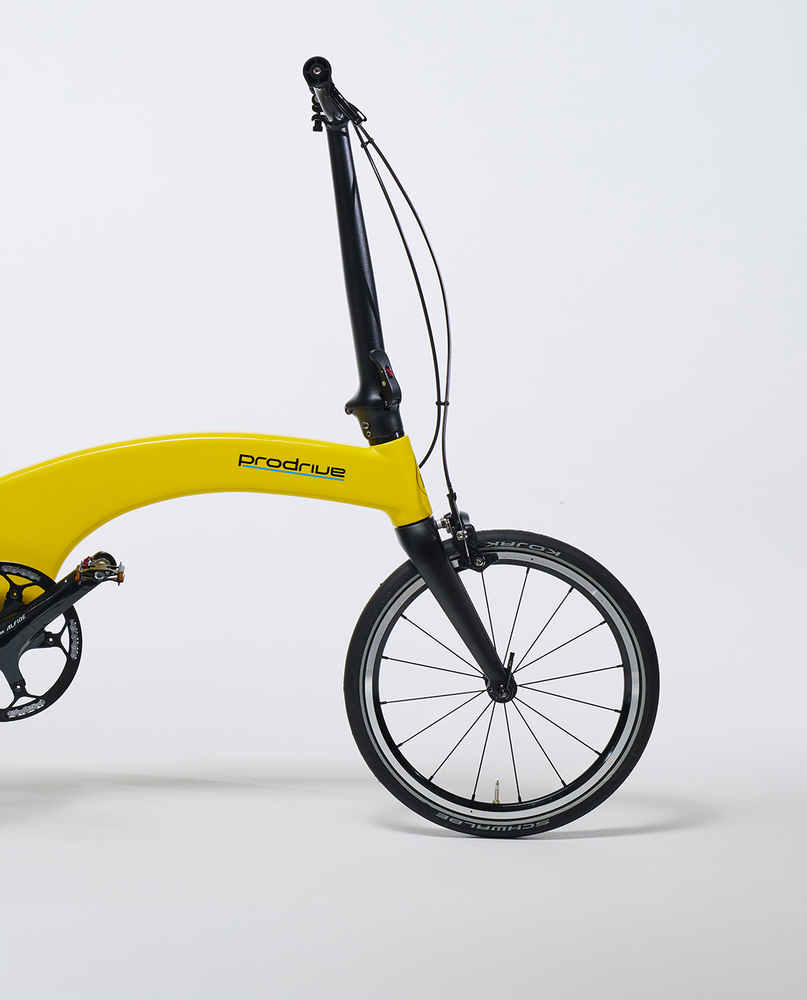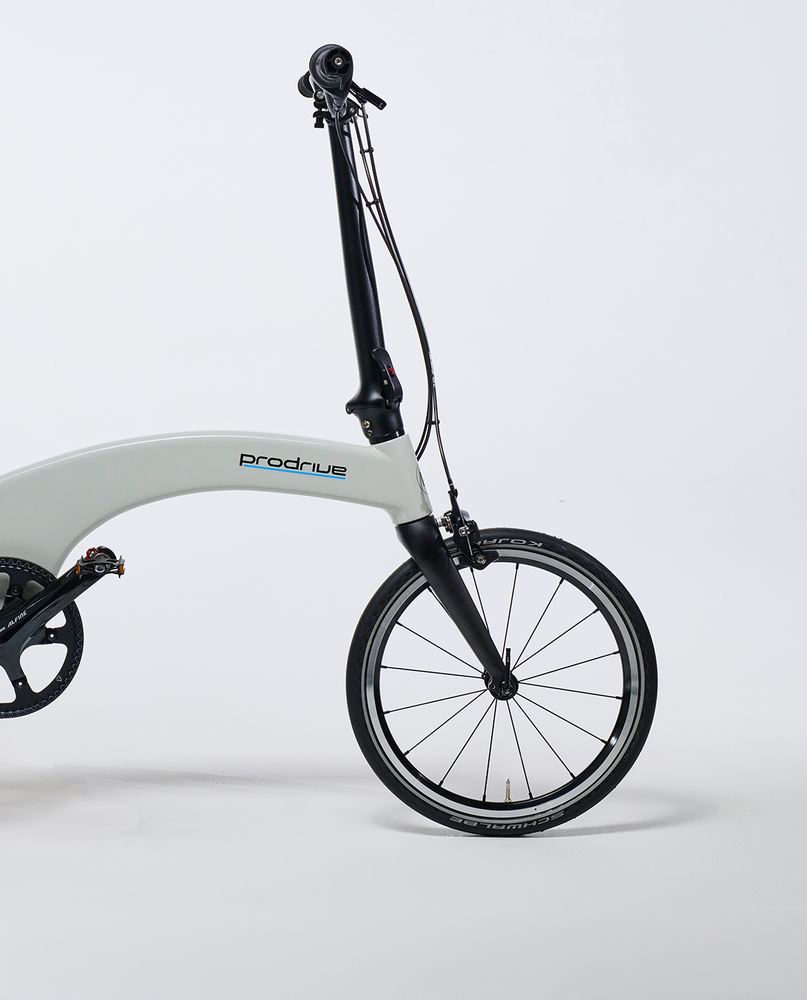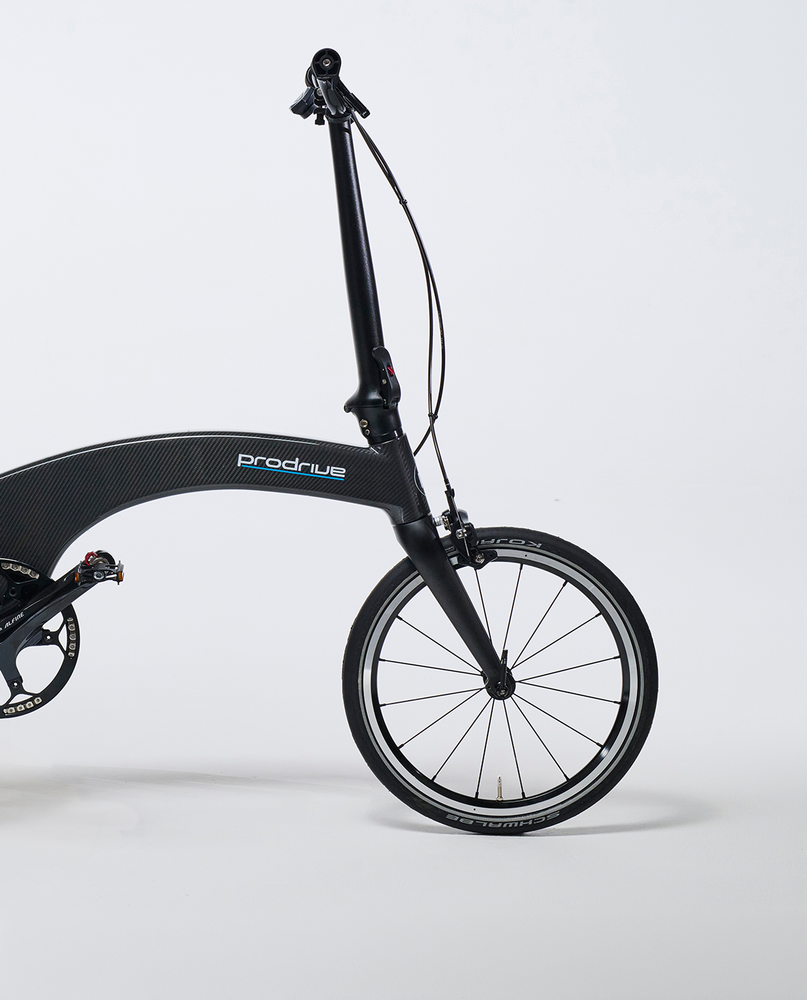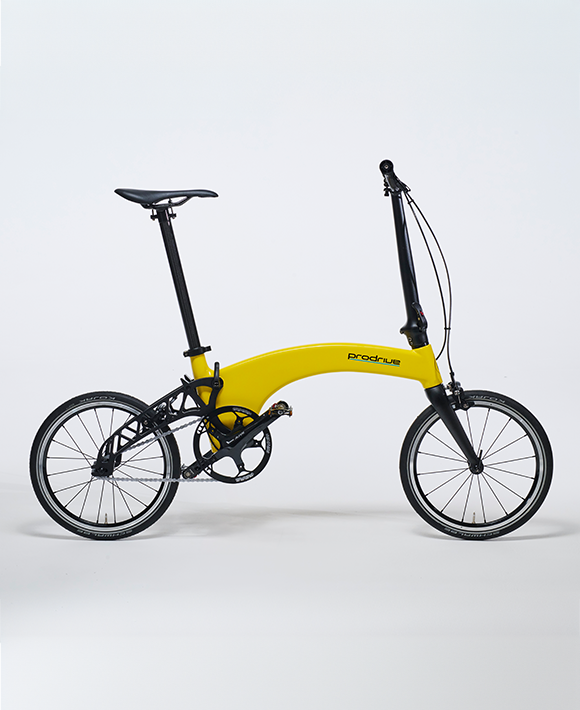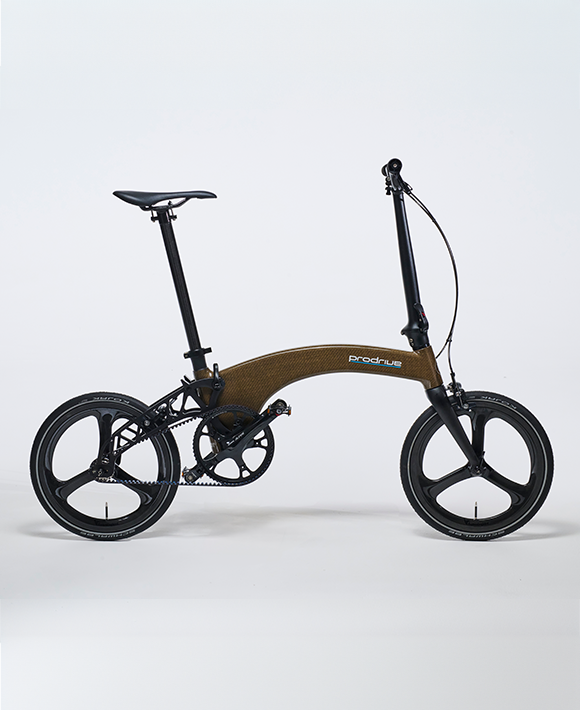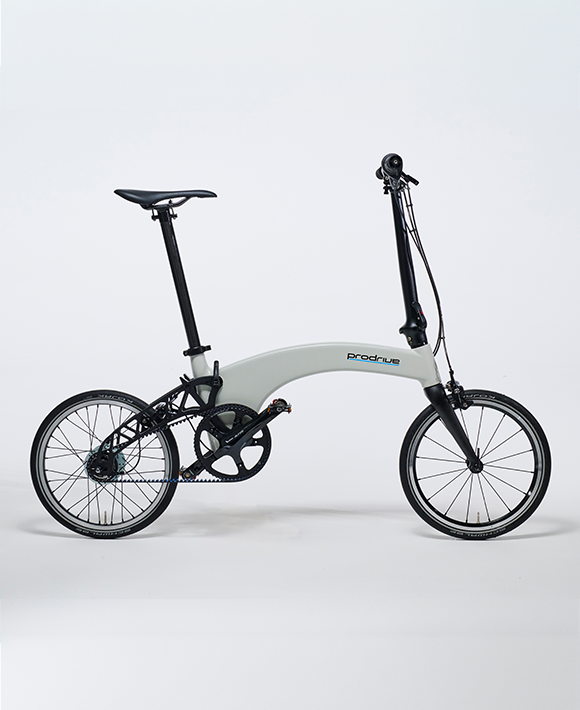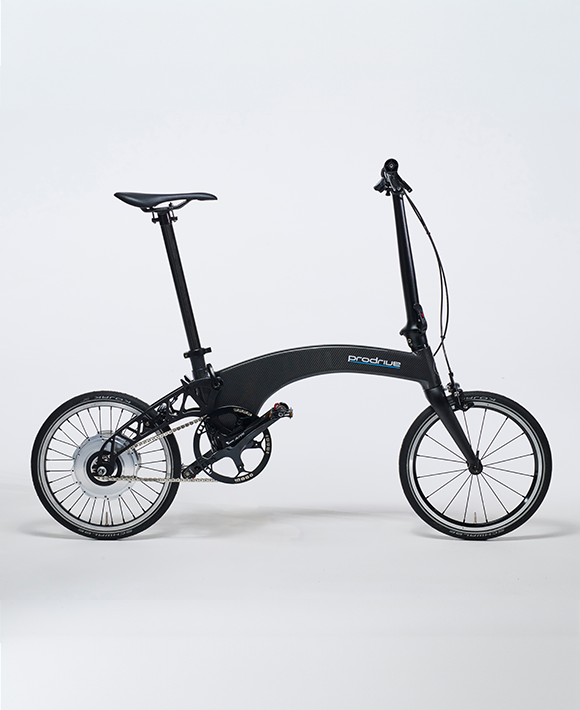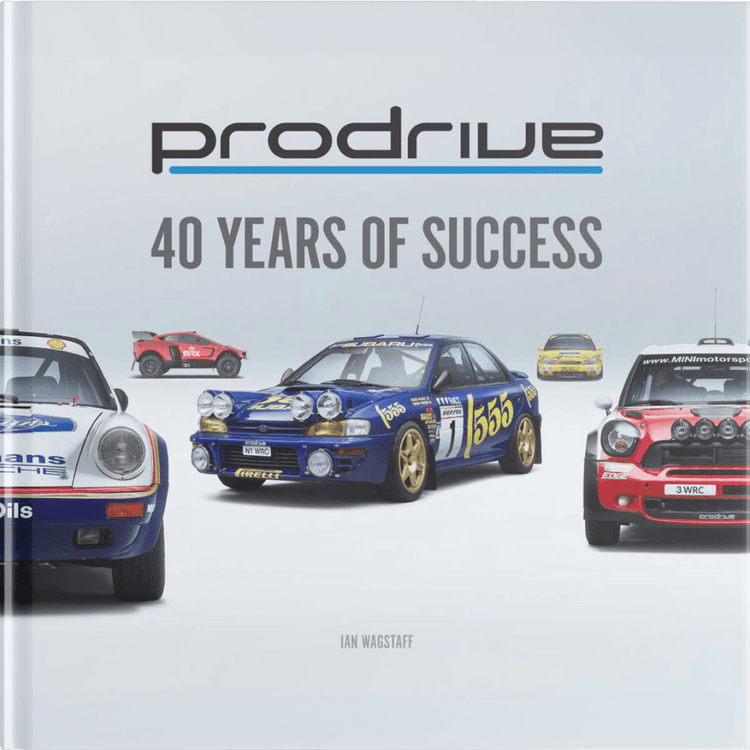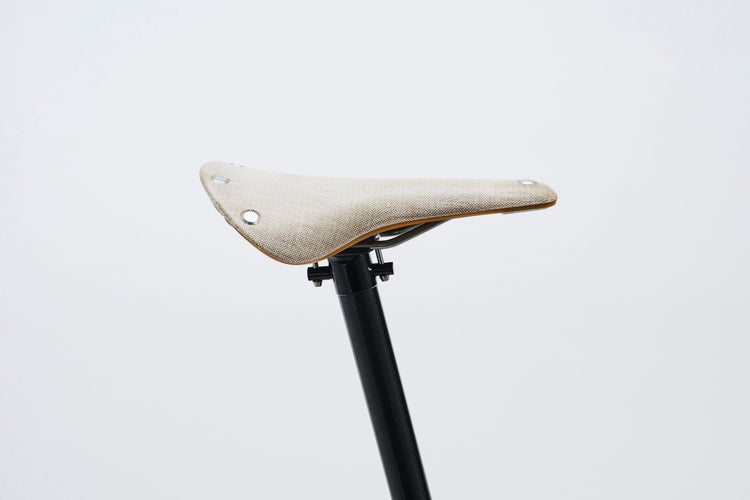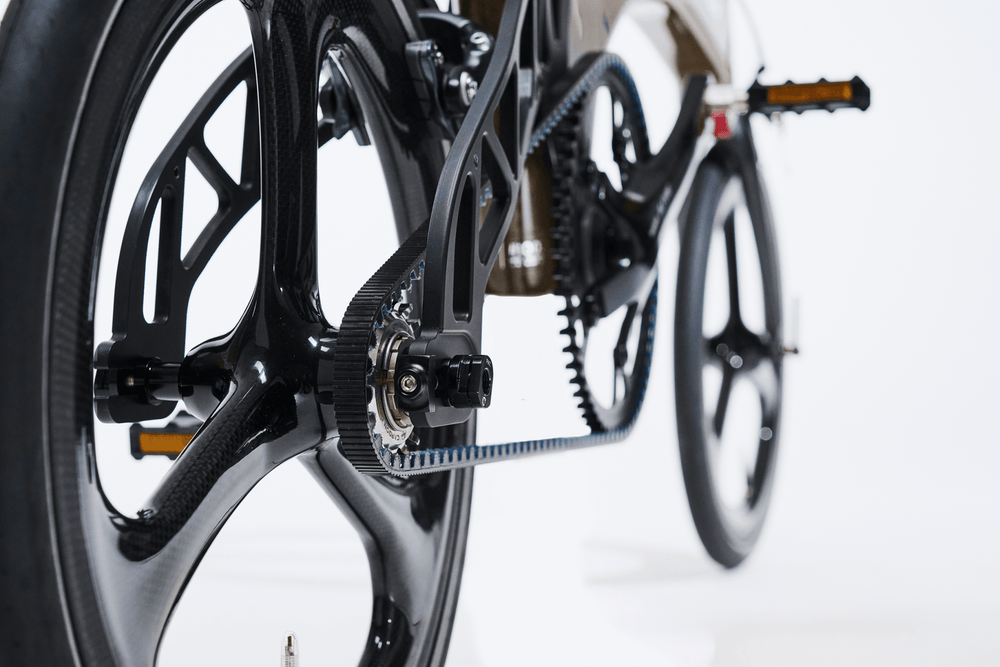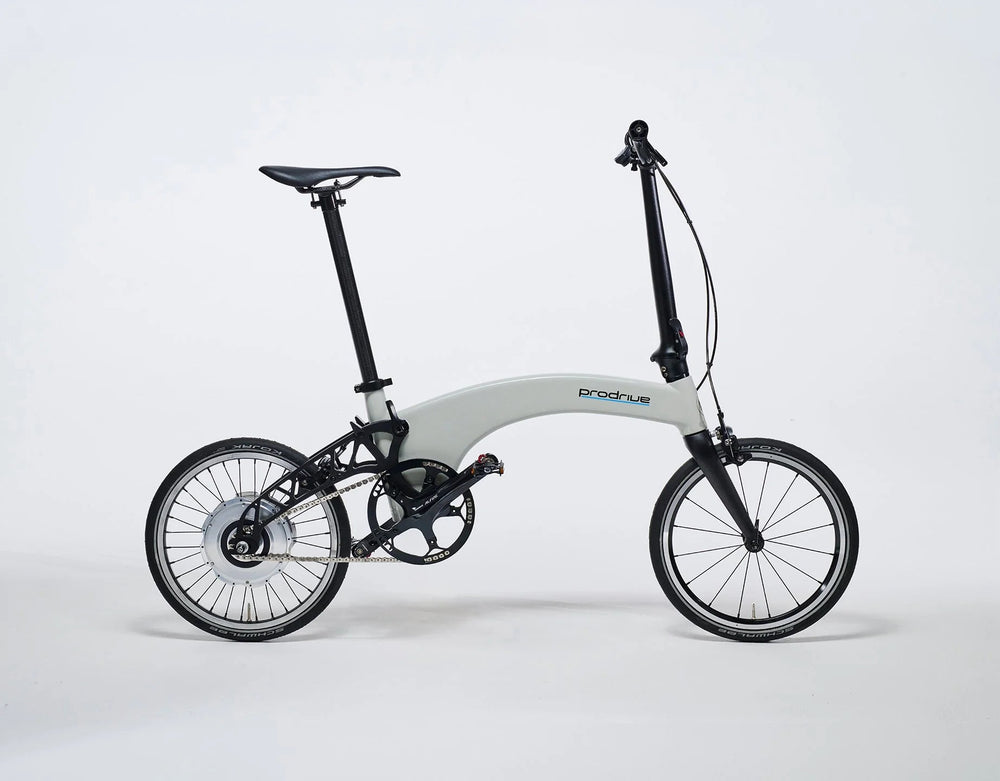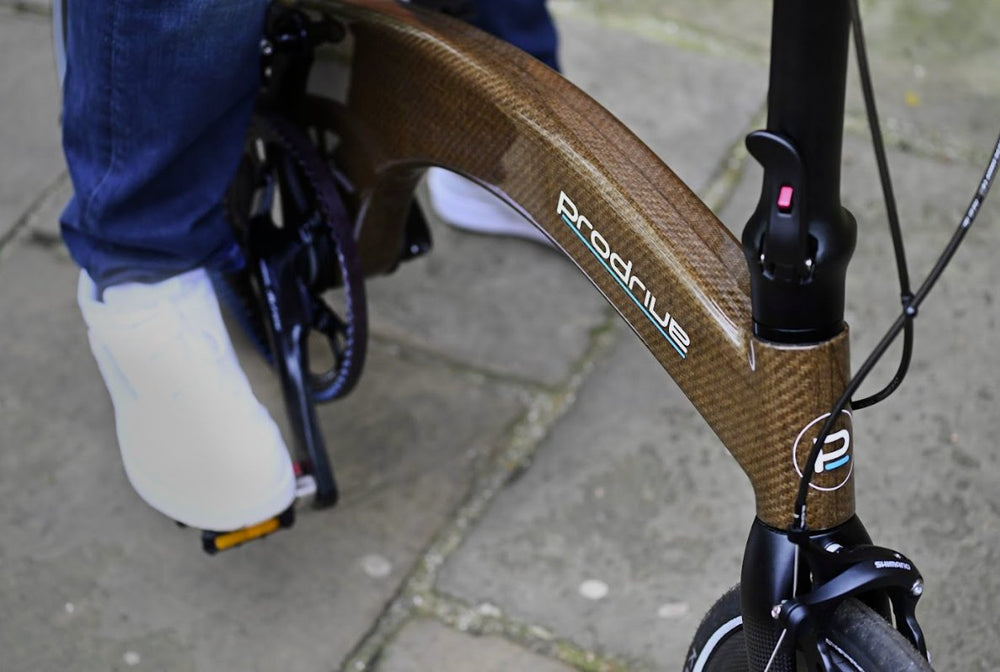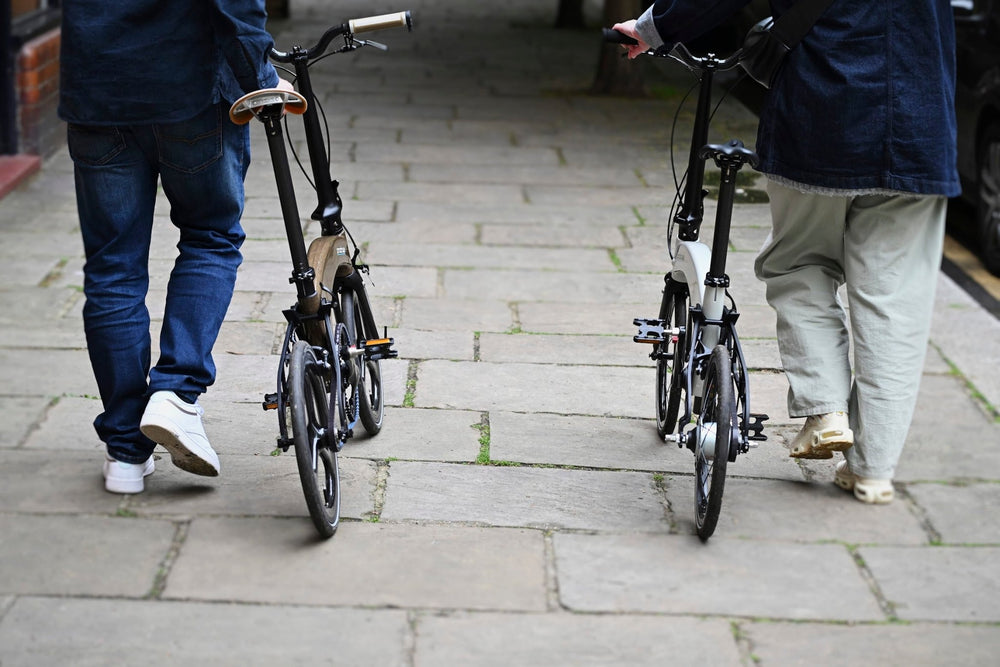You might also like
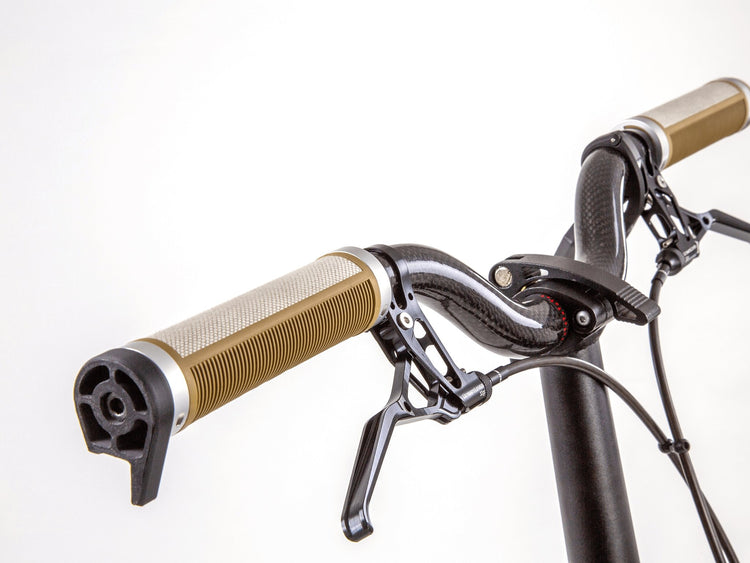
Brooks Cambium Rubber Grips
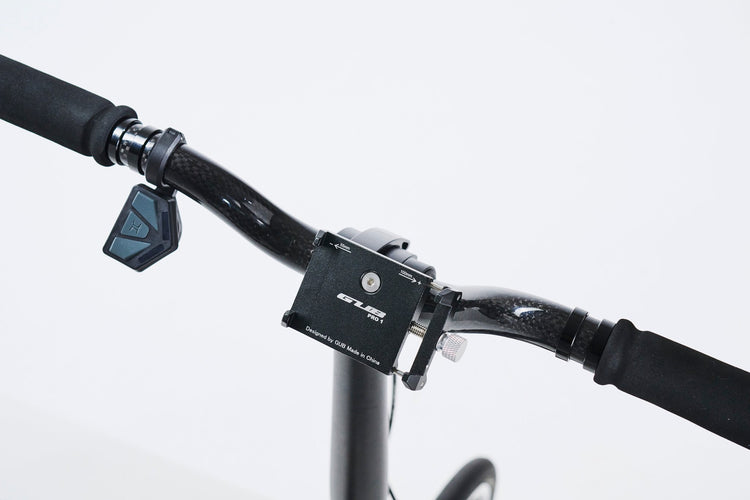
Phone holder
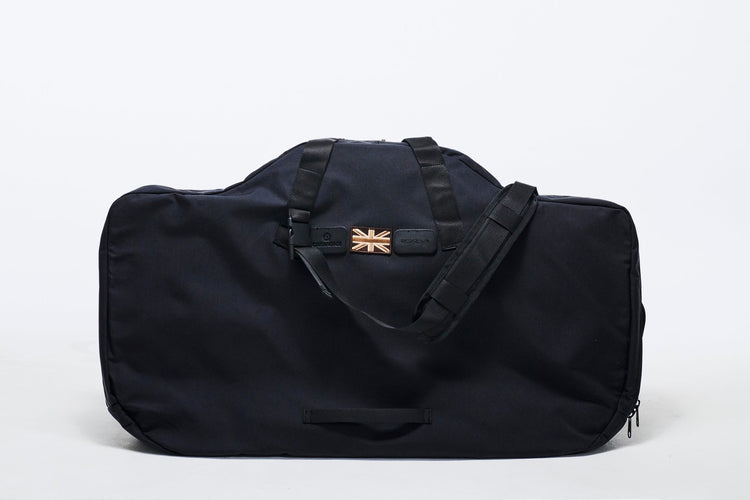
Prodrive Folding Bike Carry Bag
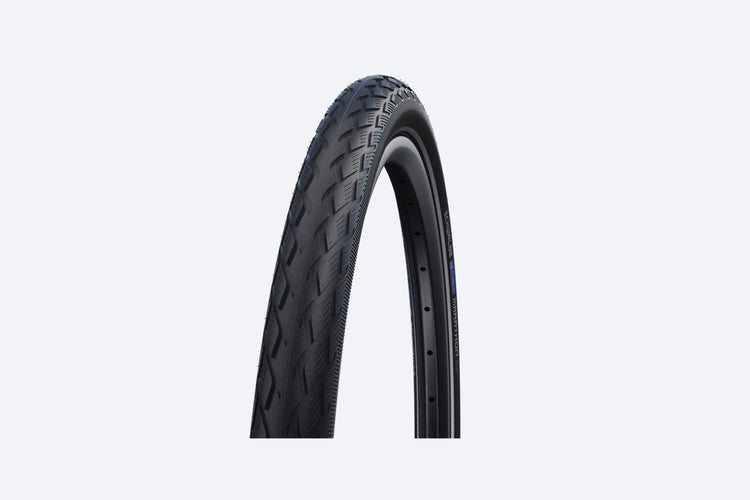
Schwalbe Marathon Tire Swap
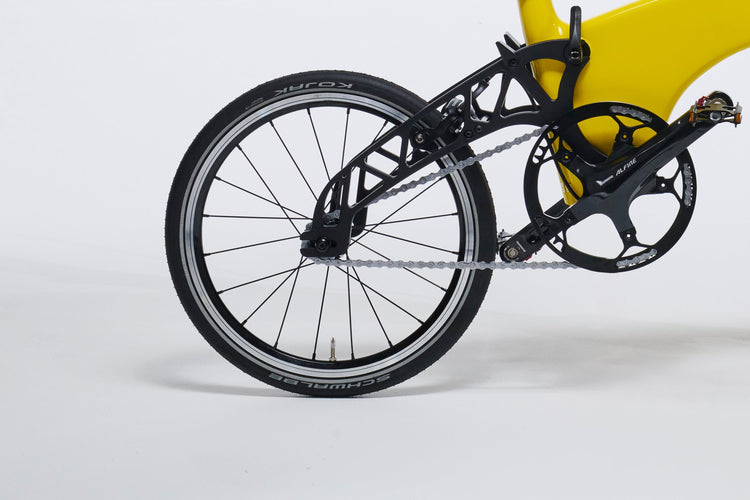
Spare Single Speed Wheel
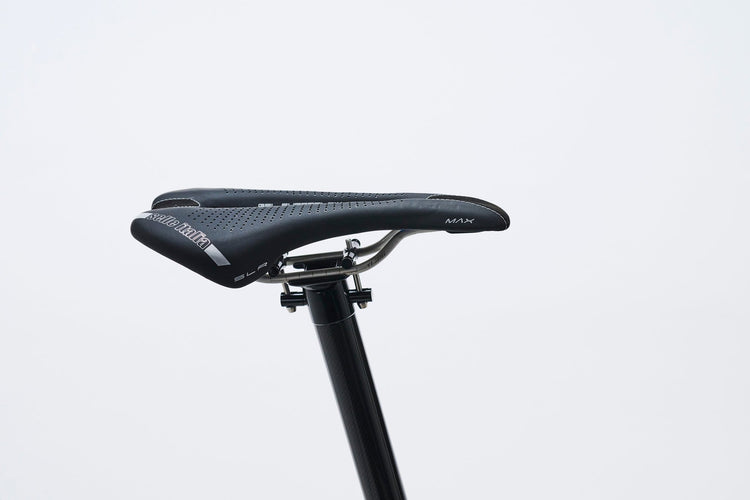
Men's Gel Saddle
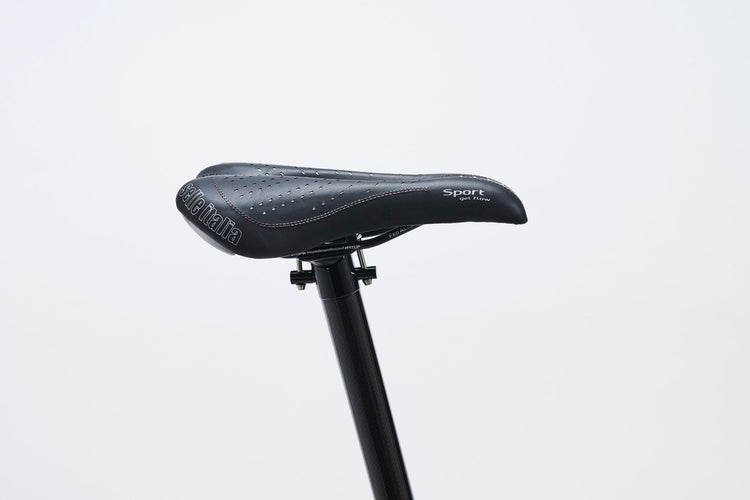
Women's Gel Saddle

18 November 2022
The Rich History of Flax Plant Manufacturing
Flax fibre as we know it - a technical material used in advanced engineering applications - stems from humble beginnings.
The fibre comes from the Flax plant, also known as Linum, which has a rich history of producing the first textile known to mankind; linen.
Flax fibre is used as a reliable composite across many industries, including energy, construction, or bike manufacturing in the case of Hummingbird. But long before its modification into a high-performance fibre, the flax plant was used for soft furnishings, clothing, and currency.
As we push towards sustainable innovation and seek ethical means of producing everyday items, flax plant manufacturing has been thrust to the forefront.
But first, let’s go back to the beginning…
The History of Linen
Linen dates back to 36,000 BC after evidence of the fabric was found in pre-historic Georgian caves, becoming the first textile plant fibre in the history of humanity.
Flax and linen were present in many remarkable moments of history, often regarded as the fibre of civilisation. Let’s take a look at some of its renowned uses:
8,000 BC - Ancient Egypt
Linen was invaluable for ancient Egyptians. The low-maintenance flax plant requires little water, offering easy cultivation for Egyptian farmers.
The yearly flooding of the River Nile supplied enough water to germinate flax seeds and only needed intermittent watering for the next 100 days. Linen had many uses; clothing - the cooling properties made it ideal for the Egyptian climate - furnishings, and the Pharaos came to use linen for burial garments for mummies.

356 - 323 BC - Alexander the Great
Alexander the Great, a notable figure of Ancient Greece, is depicted in art and history books wearing armour. But did you know this armour was made from linen?
Alexander and his soldiers wore linothorax to protect themselves in battle, a type of body armour made by laminating layers of linen together.
Over 30m2 of linen textiles formed the embellished torso and shoulder guards, while the upper leg and groin protection were made from thick leather.
13th Century - The Cloth of Kings
Jean-Baptiste Cambray, a weaver from Cambrai, France, invented a fine cloth called batiste. The batiste was made from linen, and it quickly became known as the cloth of Kings.
1810 - Flax Machine Invention
In 1810, Napoleon I halted importing English cotton fabrics into Europe and offered one million Francs to the inventor who could create the machine for spinning flax yarn.
As a result of this offering, French engineer Philippe Henri de Girard invented the first flax-spinning frame in 1810.
2012 - Essential for Composites
By 2012, the high-performance flax fibre became essential to the composites industry.
2020 - Automotive Innovations
As of 2020, flax became one of the most pioneering and progressive sustainable materials in automotive when it made its motorsports debut, with McLaren's Formula 1 seats crafted from fibre. Shortly after, Porsche introduced the Cayman 718 GT4 CS MR, with a full body kit made using Amplitex, deriving from flax.
2022 - Hummingbird Flax Bike
Our timeline can't come to an end without the mention of our Hummingbird flax bike. Created as a mission to make a sustainable model, we crafted a folding bike frame made from a flax sheet material, which is as robust and lightweight as carbon fibre, but all the more sustainable.

From Seed to Flax
Europe is the world leader in Flax production for quality, quantity AND responsibility. 80% of the world's flax comes from Europe, with farmers in these regions honing their craft over a lifetime.
Flax cultivation isn't taught in schools. Farmers dedicate their working life to the plant and learn all there is to know about responsible harvesting before handing their wisdom from generation to generation.
But, why Europe?
The continent has 162,851 hectares of long fibres, predominantly in France, The Netherlands and Belgium, and Europe has the ideal climate for a plant that is unpretentious in care.
Furthermore, European flax farmers are experts in traceability, their processes respect the people, the plant and the planet.
An Ethical Life Cycle
- The People and the Earth
- The Fibre, the Yarn and Excellence
- Weaving, Knitting and Innovating
The territory is one of the most crucial elements of flax farming, and preservation requires the farmer’s know-how and geo-climatic conditions to work in perfect harmony.
The time-honoured cultivation processes used by European farmers ensure soil regeneration and conserve agricultural biodiversity:
- Flax is rotated and never grows in the same spot for 6 to 7 years
- Each step is zero waste
- Plants are pulled, not cut, allowing the roots to be used
- The metre-deep roots add nutrients to the soil, which aids in agriculture
Flax Fibre: The Process
Natural flax fibre is the champion of sustainable innovation. Out of a 7-step technique, the first three processes are completed entirely by nature:
Sowing to Flowering
Seeds are sown from March to April.
Within 100 days, the plant grows to 1m high. The plant requires zero irrigation, no defoliants and minimal fertiliser; rainwater and its nutrients are enough.
By June, the plants bloom with a blossoming flower in the morning, disappearing by evening.

Pulling
Typically in July, farmers use harvesting equipment to pull the flax instead of cutting, which preserves the stalks and allows every inch of the zero-waste plant to be used.
Harvested stalks are then laid flat on the ground in metre-wide windrows.
Retting
The final all-natural process is retting from July to September. Retting happens on the ground, with the climate and microorganisms from the soil transforming the plant 100% naturally.
The bonds that attach the fibres to the stalk are eliminated by nature, and the flax is turned over mid-way through the process to ensure consistency.
After retting, farmers assemble the flax into bales.
Scutching
A scutcher extracts the flax fibres from the plant's shives using a mechanical process.
The entire plant is used, the long fibres, short fibres and all of the by-products, including seeds, shives and even the dust is used to make insulation.
Hackling
Fibres are hackled until they become ribbons of soft, shiny fibres.
The hackling process is completed using scutchers or spinners.
Preparing the Yarn
Spinners blend hackled flax, using fibres from different batches, different fields, regions, and even year groups. Over time, this enhances the homogeneity and quality of the yarn.
Quality requirements state one yarn can contain flax from up to 32 different batches.
Spinning
The roves are transformed into yarn using a twisting process. The spinner can use two techniques, depending on the desired yarn:
- Wet spinning - yarn for use in clothing or household linens
- Dry spinning - thicker yarn for use in upholstery, ropes, etc.
European Assurance: Be Flax Safe!
The CELC created two certifications for European flax and linen.
To gain the certifications, independent auditors must first verify the products, you will then be granted either European Flax® or Masters of Linen®.
So, keep an eye out for CELC labels for the highest-quality European flax and linen products!
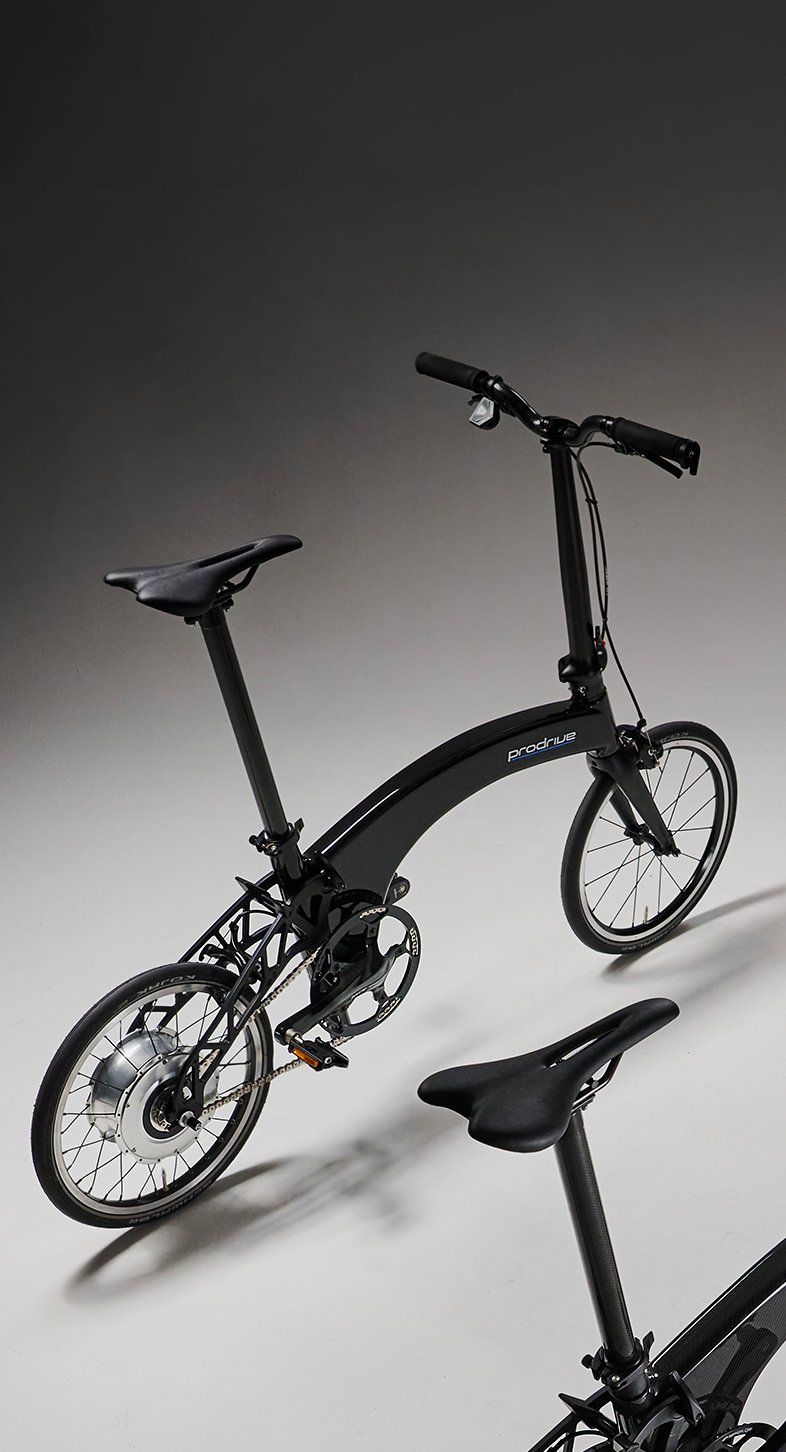
Prodrive Folding
Electric Bike
The ultimate city bike is here.
Latest from
the magazine
